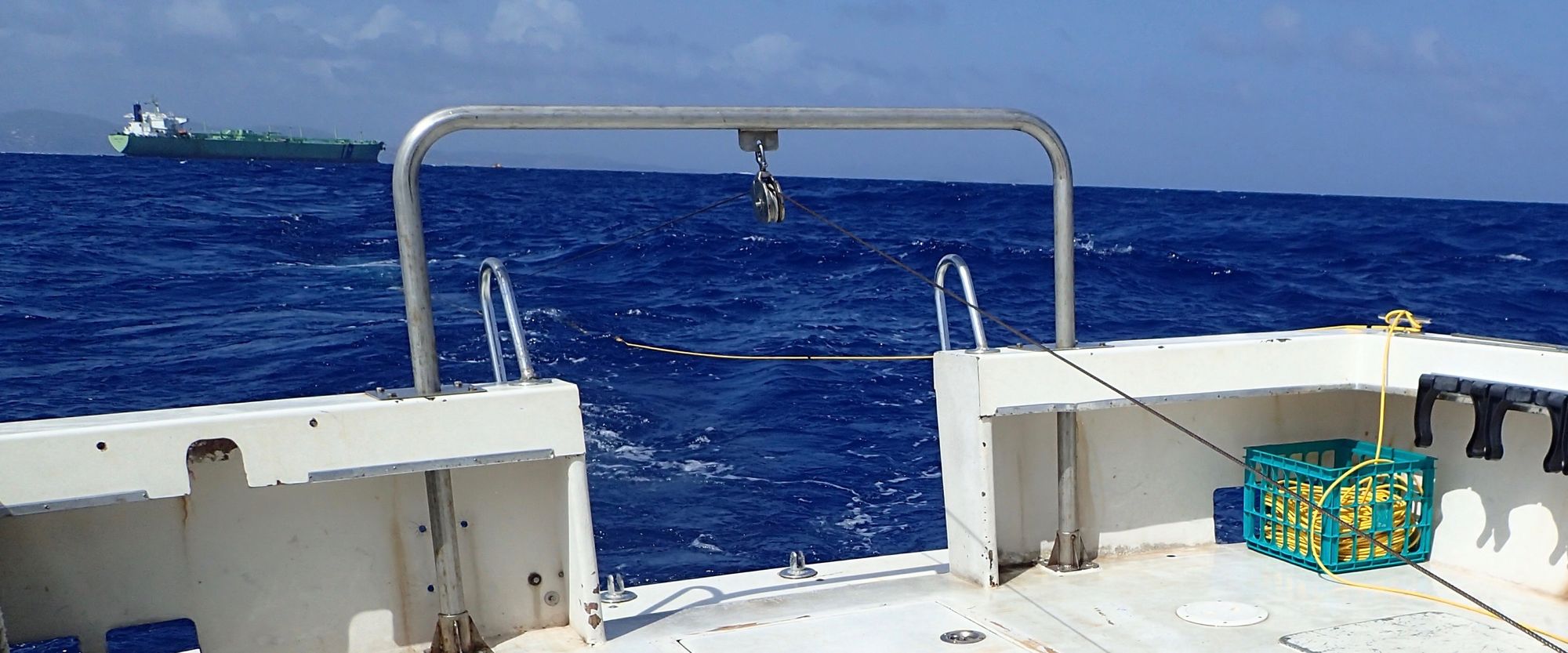Plankton monitoring

After I earned my Master's degree I spent a year in the United States Virgin Islands. I worked as the guide manager at Virgin Islands EcoTours, volunteered on various projects at the University of the Virgin Islands, and led field crews on a project monitoring phytoplankton and ichthyoplankton off the south shore of St. Thomas. Dr. Sennai Habtes acquired the contract to monitor plankton from Vitol Commodity Company, a energy and commodities company, who had permanently anchored a vessel storing the islands' supply of liquid propane. The monitoring program was a part of Vitol's environmental impact assessment used to asses fish, coral, and sponge populations. The word plankton comes from the Greek work planktos which means wandering. The prefixes phyto- and ichthyo- mean plant and fish respectively. Therefore, phyoplankton and ichthyoplankton literally mean wandering pants and fish, but in reality they are the larvae and eggs of coral/sponges and fish that do not have control over their movements in the ocean. We would launch from the University of the Virgin Islands dock and travel to within 1-km of the Vitol's vessel, the Berge Summit. We would run transects draggin a fine mesh net at four different depths for 10-min each. The nets would then be pulled in and the samples collected in a bucket. Back at the lab we would use microscopes to identify specific fish, coral, and sponge species of interest such as the crticially endangered Nassau grouper (Epinephelus striatus).
The fieldwork associated with this project is some of the most relaxing fieldwork I've ever done. Nice boat rides, laying back on the gunnels while we run transects, meeting new people from around the islands, and fishing our way home were the activities we enjoyed on this project. Of course you had to get a solid sea stomach first. The seas were often rough and I would spend the entire survey session trying to hold down my stomach. What was worse was trying to identify floating specimens under the microscope after spending 4 hours rocking on the boat. I greatly appreciated the opportunity to dive into marine biology.
